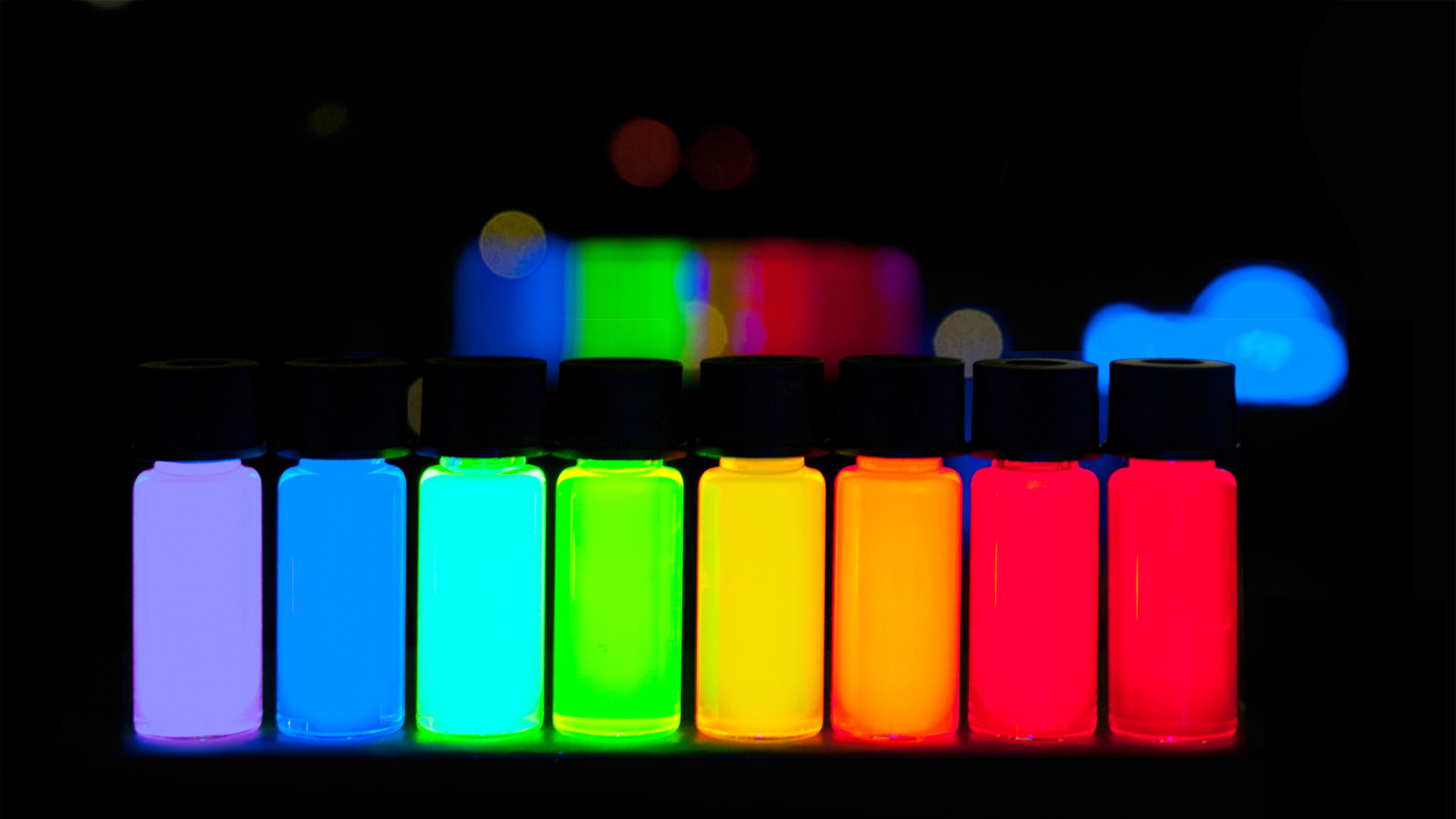Week 8: Nanotechnology + Art
This week we had a guest lecture from Dr. Jim Gimzewski. As a former employee of IBM's Zurich research laboratory, he was kind enough to share some of his knowledge regarding nanotechnology. In addition to his previous experience with IBM, Dr. Gimzewski is a professor at UCLA and has collaborated with Dr. Vesna on a project that extends a video onto a disk of sand. As the individual touches the sand, images of a single grain of sand are attained.
One of the first inventions, Dr. Gimzewski mentioned in his lecture was Gerd Binnig and Heinrich Rohrer’s scanning tunneling microscope (STM). Unlike other microscopes that cannot operate without a source of light, the scanning tunneling microscope uses a Tungsten needle to map out the surface of the object that is under inspection. Afterward, a computer processes the data to produce an image that is ultimately translated into a contour map. With the scanning tunneling microscope, scientists are able to review an artwork that provides much more information regarding the object’s depth and precision, which are some aspects a regular microscope and the human eye may not be able to distinguish.
| Lycurgus Cup on display at British Museum http://www.thehistoryblog.com/wp-content/uploads/2013/08/Lycurgus- Cup-satyr-green-to-red.gif |
Whereas the scanning tunneling microscope is a machine that analyzes an object to the nanoscale, nanosized particles have also been widespread to add unique features to works of art. One example is the Lycurgus Cup that appears to be green in daylight, but a red color emerges when illuminated from its inside. This is due to the special properties of nanosized gold particles that were used during its creation. Pottery glazes from the 15th and 16th centuries are some other examples of objects containing nanosized particles as they used originally opaque material that ultimately becomes transparent at the nanoscale. While downsizing materials to the nanoscale produces unique properties, there are opponents who elucidate how sometimes the nanoparticles of certain material have detrimental effects on the ecosystem.
In addition to artworks, nanotechnology has advanced art in the fashion realm and may continue to make an immense impact. Inspired by the lotus leaf’s nanostructured surface that allows it to maintain its cleanness and prevent it from being contaminated by outside influences, corporations have taken steps to create similar surfaces on pants, furniture, and other easily contaminated objects to clean itself. Quantum dots are another interesting topic as one can manipulate their color to any color in the visible light spectrum by adjusting their sizes. By doing so, manufacturers of cosmetic products would not only have a viable alternative to their production of color but also use a procedure and ingredient that do not have harmful effects on their users.
Works Cited
"Art in the Age of Nanotechnology." Art.Base. N.p., n.d. Web. 21 May 2016.
Gimzewski, Jim, and Victoria Vesna. "The Nanomeme Syndrome: Blurring of Fact & Fiction in the Construction of a New Science." The Nanomeme Syndrome: Blurring of Fact & Fiction in the Construction of a New Science. N.p., n.d. Web. 21 May 2016.
"Lotus Effect." Lotus Effect. N.p., n.d. Web. 21 May 2016.
"The Lycurgus Cup." British Museum. N.p., n.d. Web. 21 May 2016.
"The Scanning Tunneling Microscope." The Scanning Tunneling Microscope. N.p., n.d. Web. 21 May 2016.
Uconlineprogram. "Nanotech Jim Pt1, Pt2, Pt3, Pt4, Pt5." YouTube. YouTube, 21 May 2012. Web. 21 May 2016.
Gimzewski, Jim, and Victoria Vesna. "The Nanomeme Syndrome: Blurring of Fact & Fiction in the Construction of a New Science." The Nanomeme Syndrome: Blurring of Fact & Fiction in the Construction of a New Science. N.p., n.d. Web. 21 May 2016.
"Lotus Effect." Lotus Effect. N.p., n.d. Web. 21 May 2016.
"The Lycurgus Cup." British Museum. N.p., n.d. Web. 21 May 2016.
"The Scanning Tunneling Microscope." The Scanning Tunneling Microscope. N.p., n.d. Web. 21 May 2016.
Uconlineprogram. "Nanotech Jim Pt1, Pt2, Pt3, Pt4, Pt5." YouTube. YouTube, 21 May 2012. Web. 21 May 2016.

Comments
Post a Comment